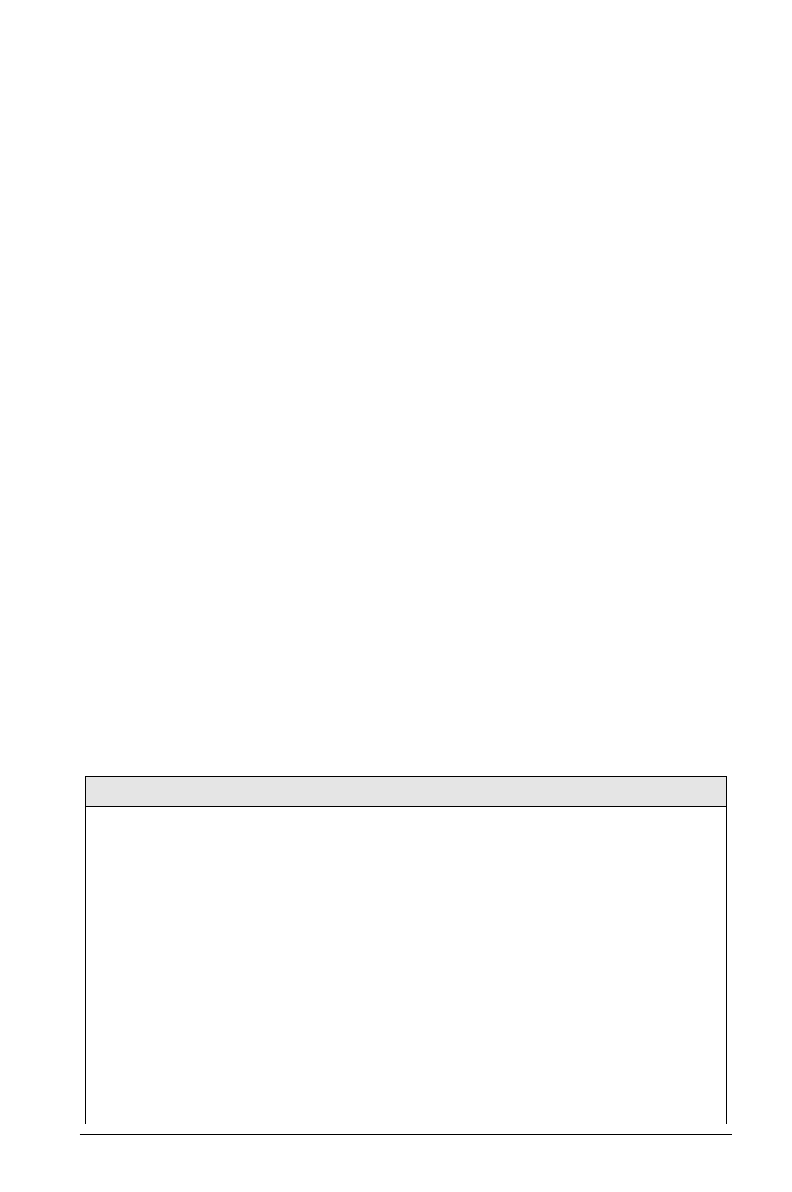
16–5
(2) does not expect to receive digitized data from the DTE, perform
conversion, or transmit the analog signal to the remote station or to
one or more local devices.
The ZyXEL 2864 series modems provide three ways to leave the Voice Receival
State:
(1) A <DLE><!> shielded code is received from the DTE.
(2) Characters other than <XON>, <XOFF> or a shielded code is
received from the DTE.
(3) A DTE/DCE inactivity timer time-out occurs.
Items (1) and (2) are the DTE-initiated means of terminating the Voice Receival
State, and item (3) is a DCE-initiated means of terminating the Voice Receival
State. After termination of the Voice Data State, the DCE shall enter the Voice
Command State.
Events and Actions with Shielded Code
Event Detection and Reporting
The voice mode may return many more event detection reports than the familiar
RING result code used in data/fax modems. While in voice mode, the DCE can
detect DTMF, detect tone and cadence events associated with call progress activi-
ties, and monitor Telco line-related activities. The DCE will report the event to the
DTE at the time of detection by inserting a <DLE> shielded code into the data to
the DTE. The form of the report is <DLE><code>, whereby <code> can be one of
the possible character values listed in the following table:
<code>
Event Report Description
<DLE> (0x10) Two contiguous <DLE><DLE> codes indicate a single <DLE>
in the data stream.
<SUB> (0x1A) <DLE><DLE> in the data stream.
<DC2>
(0x12)
Concatenates receival data streams. The DCE sends this code
to indicate the start of a new voice data stream with the same
parameters as the last stream for the purpose of a timing
mark. The DCE resets its compressors before transmitting the
data after the <DLE><DC2> codes. This resync generation
timer is defined by the command AT+VSY.
<ETX> (0x3) Ends Data State. The DCE sends this code to indicate the end
of the voice data.
R (0x52) Ring: The <DLE> shielded version of the RING result code.


















